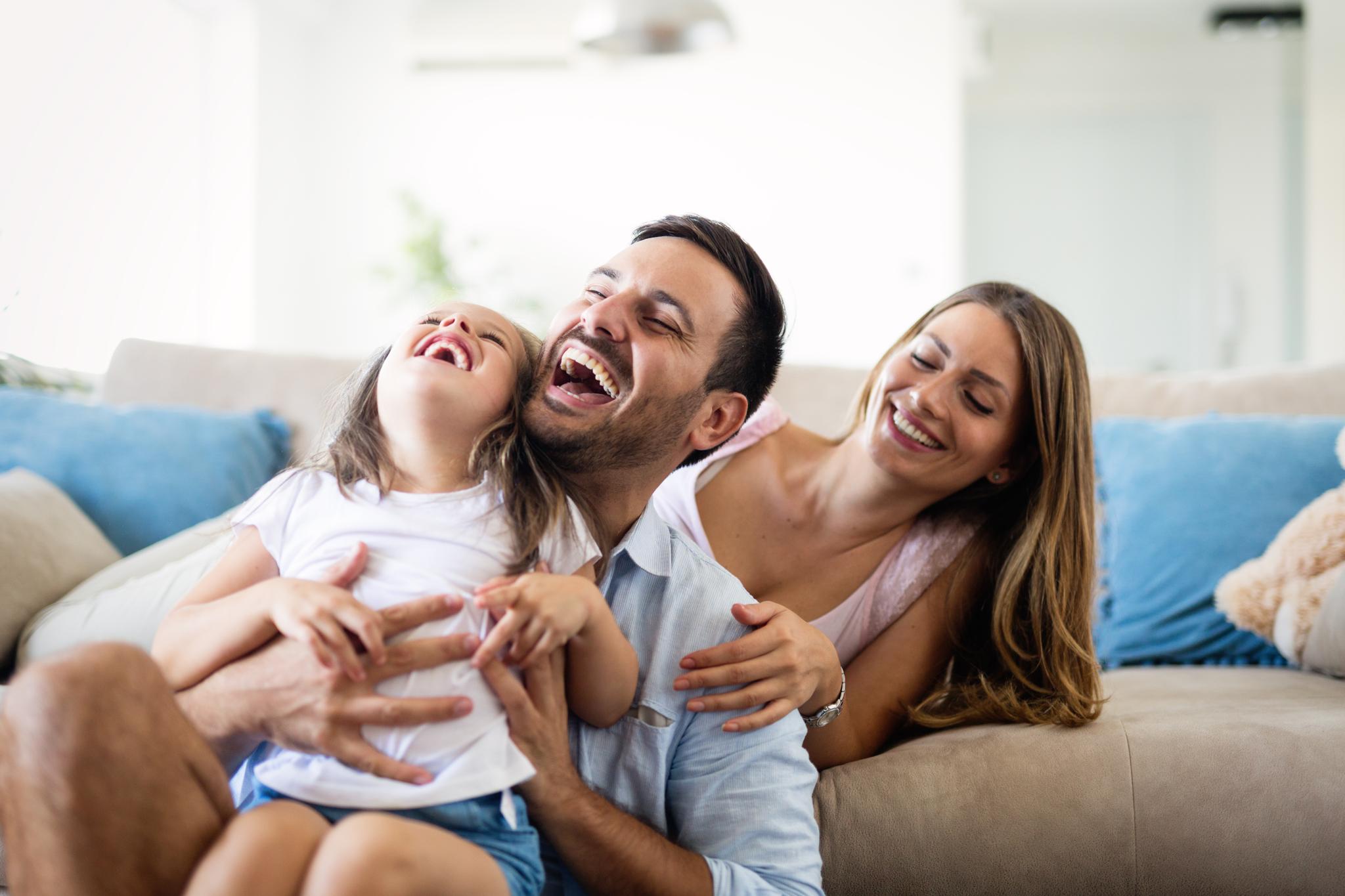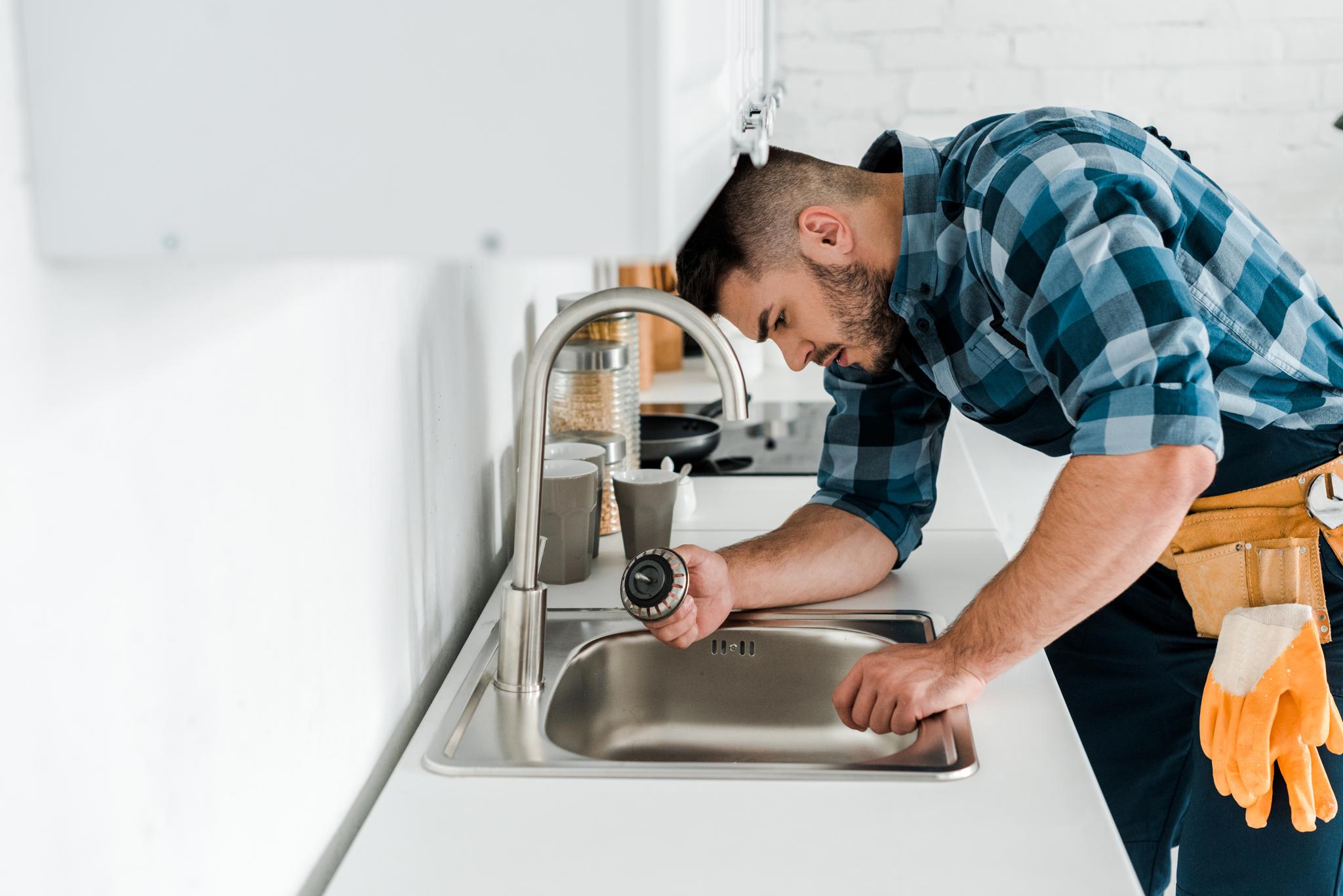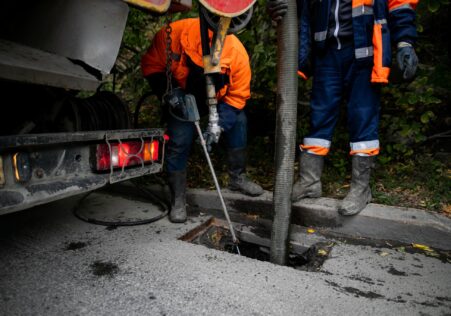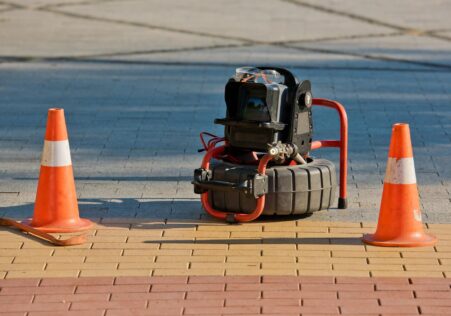What to Do When Your Toilet is Blocked: A Step-by-Step Guide

Toilet blockages can happen at any moment and are a common problem for households. It’s unpleasant messy and uninspiring, and require immediate attention. However, you don’t need to call an plumber immediately. In this blog we’ll guide you through the steps to get your toilet unclogged within a matter of minutes.
Key Takeaways
- Toilet blockages can be solved with the use of simple tools like a plunger baking soda
The tools you’ll need
Before we get started it’s important to be prepared with these tools at hand:
- Rubber Gloves
- Plunger
- Baking Soda and Vinegar (Optional)
- A Wire Coat hanger, or a Plumber Snake (Optional)
Step 1: Switch off the supply of water valve.
The first thing you need to do when you encounter a blocked toilet is shutting off water valves that is behind the toilet. This ensures that no water can enter the tank as you try to get it unclogged. The valve is typically situated near the bottom of the tank, on the other side.
Step 2: Be sure to protect yourself with rubber gloves.
You must protect your hands against germs and bacteria that may be present in your toilet by wearing rubber gloves prior using any tools for unclogging.
Step 3: Use a plunger.
A plunger is undoubtedly the most efficient method for clearing toilets of blockages. Start by pushing down onto the plunger till all air is removed from it, then press it hard over the hole in your toilet bowl and start plunging continuously up and down for approximately 20 minutes. The suction created by plunging back and forth can help clear any obstructions.
Tips:
- Use a firm but controlled motion.
- Cover holes around sinks or shower drains if near to stop the pressure of air from escape as you plunge.
Step 4: Make a baking soda and vinegar in a mixture.
If plunging doesn’t work Try this method Pour half a cup of baking soda and one teaspoon of vinegar inside the bathroom bowl. Let this mixture settle for around 15 minutes. It will fizz a bit but when it ceases to fizz, pour hot water down (not at a boil) to clear the obstruction.
Step 5 Step 5: Use a coat hanger with wire or a plumbing snake.
If both plunging and baking soda and vinegar have not worked the problem, it’s the right time to utilize the wire coat hanger or plumbing snake. Make sure you straighten your coat hanger’s cord until you have a thin, long wire that has a hook bent at one end or use the plumbing snake. It was specially designed to clear drain clogs. Insert the tool into the drain hole of your toilet and then twist around, twist, push or pull until you feel resistance. there’s usually a blockage is. Gently try to break up any obstructions using a back-and-forth movement without damaging your pipe.
Note:
- Don’t push or pull actions as they could create more problems.
Step 6: Switch on the water supply, and then check the results.
After you have cleared any obstructions, it’s crucial to turn off your water valve that is behind your toilet bowl again. After that, flush it a few times to make sure everything flows freely now!
| Tools | Description |
|---|---|
| Rubber Gloves | Hand protection from potential bacteria or germs present in the toilet bowl. |
| Plunger | Most effective tool for clearing up blocked toilets. Press firmly over the hole in your toilet bowl and plunge vigorously up and down for about 20 seconds. |
| Baking Soda and Vinegar | Mixture to use if plunging doesn’t work. Pour half a cup of baking soda and one cup of vinegar into the toilet bowl. Let this mixture settle for about 15 minutes, then pour hot water down (not boiling) to flush out the blockage. |
| Wire Coat Hanger or Plumbing Snake | Tools to use if both plunging and baking soda/vinegar methods have failed. Straighten the wire coat hanger until you have a long thin wire with a hook bent at one end or use the plumbing snake, which is designed specifically for clearing drain clogs. |
Frequently Asked Questions
What can I do to tell whether my toilet is clogged?
A typical signs of a blocked toilet is when the water level rises to the top after flushing. You might also notice that water drains away slowly, or you may hear noises of gurgling coming out of the bathroom.
What should I do if my toilet is blocked?
If you suspect that the toilet is blocked, avoid trying to flush it in the future as this could cause flooding. Instead, shut off the supply of water to the valve behind the toilet and make use of a plunger to eliminate any blockages. If this fails you can call Perth Blocked Drains Plumbers for professional help.
Do I have the ability to stop my toilet from getting blocked?
Yes! There are a variety of things you can do to keep your toilet from getting blocked, including avoiding flushing non-degradable products like toiletries, wet wipes or cotton wool into the toilet. You should also avoid the practice of pouring oil or grease down the sink as it will cause it to solidify and cause blockages to pipes.
What is the best time to call a professional plumber for an unblocking toilet?
If you’ve tried plunging the toilet, but it doesn’t clear or you believe there’s a bigger issue with your plumbing system causing frequent blockages, you need to contact an experienced plumber such as Perth Blocked Drains Plumbers . We’ve got years of experience with all kinds of plumbing problems and are able to quickly identify and address any issues with the least disruption to your home.
What is the best frequency to have my drains cleared?
It is recommended to have the drains cleaned out by a professional like Perth Blocked Drains Plumbers every 1-2 years. This will reduce the chance of blockages and keep your plumbing system running smoothly. However, if you frequently have problems with drains blocking or slow draining water, despite making sure you are taking steps to prevent clogging them, then cleaning your drains every year can be beneficial.
These methods are relatively easy to implement as the majority of items are readily available in homes. If you’re experiencing a toilet that is blocked, before panicking after attempting all these strategies, you should contact Perth Blocked Drains Plumbers ‘s expert plumbers located in Perth , if you’re looking for professional help with those blocked toilets.
Additional Information
- Inspecting Drains Using CCTV to Detect Root Infiltration: Benefits for Property Owners
- Protect Your Home Investment by Conducting A CCTV Drain Inspection Prior Purchase
- CCTV Drain Inspection: An Effective Way to Prevent Future Plumbing Issues
- Say Goodbye to Messy Plumbing Repairs with Trenchless Pipe Relining
- DIY Tips for Unclogging Your Shower Drain Without Harsh Chemicals
- Why Pipe Relining is a Cost-Effective Solution for your Business’ Plumbing Issues?
- DIY Drain Cleaning: How to Safely Tackle Clogged Drains
- Choosing the Right Service Provider for Your CCTV Drain Inspection Needs
- A Comprehensive Overview of CCTV Drain Inspection for Your Home
- The Do's and Don'ts of Keeping Your Drains Free from Blockages








